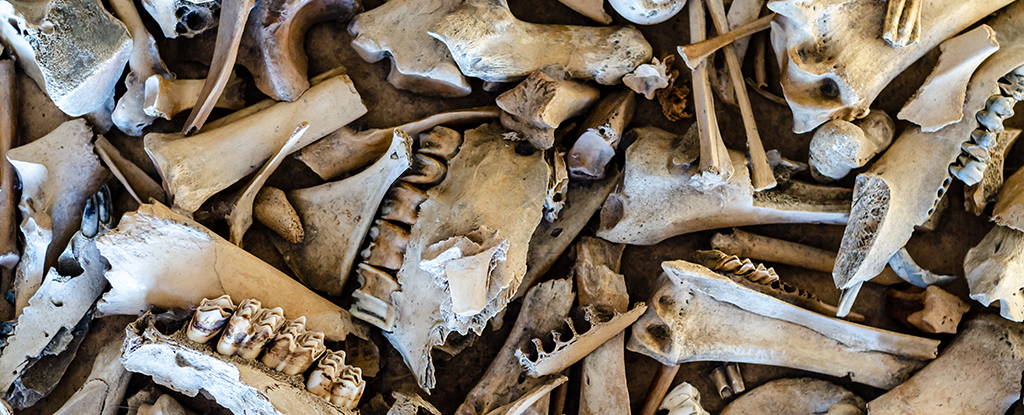
The Neanderthals, our closest extinct relatives, continue to captivate scientists and the public alike. In a groundbreaking discovery, researchers have unearthed evidence of an ancient Neanderthal “fat factory” in present-day Germany. This site, operational around 125,000 years ago, reveals that Neanderthals engaged in sophisticated bone processing to extract bone marrow and grease, crucial for their survival.
According to scientists, this discovery marks the earliest evidence of large-scale bone processing by Neanderthals, predating similar activities by Homo sapiens in Europe by approximately 100,000 years. “This was intensive, organised, and strategic,” states Lutz Kindler from the MONREPOS Archaeological Research Center in Germany. “Neanderthals were clearly managing resources with precision – planning hunts, transporting carcasses, and rendering fat in a task-specific area.”
Unveiling Neanderthal Ingenuity
The site of this discovery, Neumark-Nord, located near Halle in eastern Germany, has yielded over 100,000 bone fragments from at least 172 large mammals, including horses and deer. Many of these bones exhibit cut marks and signs of intentional breakage, indicating deliberate butchering rather than mere leftovers from hunting activities.
Evidence of tool use and fires in the same area further supports the theory of systematic bone processing. Sabine Gaudzinski-Windheuser, an archaeologist from MONREPOS, explains, “Bone grease production requires a certain volume of bones to make this labour-intensive processing worthwhile and hence the more bones assembled, the more profitable it becomes.”
Reevaluating Neanderthal Capabilities
This discovery adds to the growing body of evidence that challenges the stereotype of Neanderthals as primitive beings. Recent studies have shown that they were adept swimmers, capable brewers, and abstract thinkers, with social structures and communication patterns similar to modern humans.
Despite these capabilities, Homo sapiens eventually thrived while Neanderthals became extinct. The reasons behind this remain a subject of intense research. However, the Neumark-Nord site provides a rare glimpse into how Neanderthals interacted with their environment, offering valuable insights into their daily lives and survival strategies.
The Future of Neanderthal Research
Fulco Scherjon, a computer scientist from MONREPOS, highlights the significance of the Neumark-Nord site: “The sheer size and extraordinary preservation of the Neumark-Nord site complex gives us a unique chance to study how Neanderthals impacted their environment, both animal and plant life. That’s incredibly rare for a site this old – and it opens exciting new possibilities for future research.”
The findings from Neumark-Nord have been published in Science Advances, marking a significant contribution to our understanding of Neanderthal life. As researchers continue to explore these ancient sites, they anticipate uncovering more revelations about the Neanderthals, further reshaping our perception of these enigmatic ancestors.






